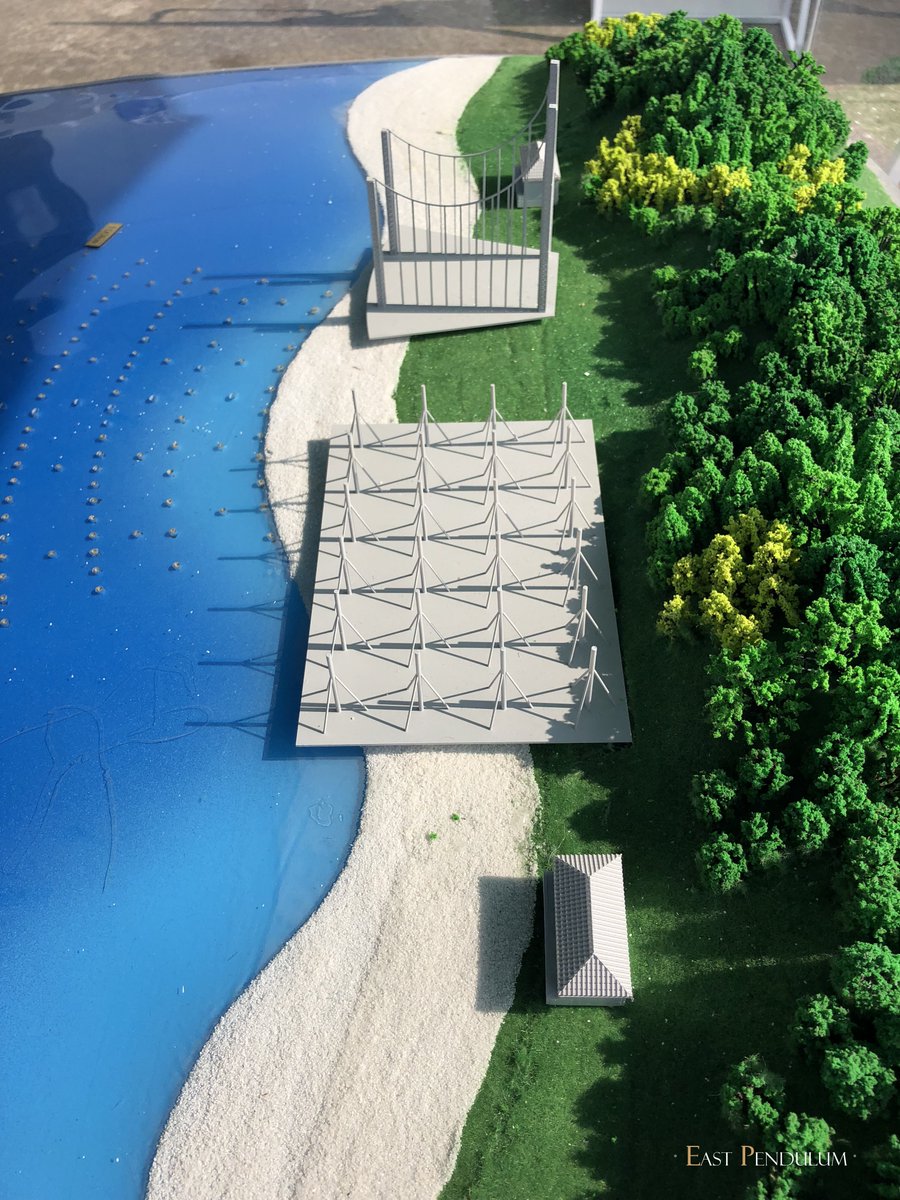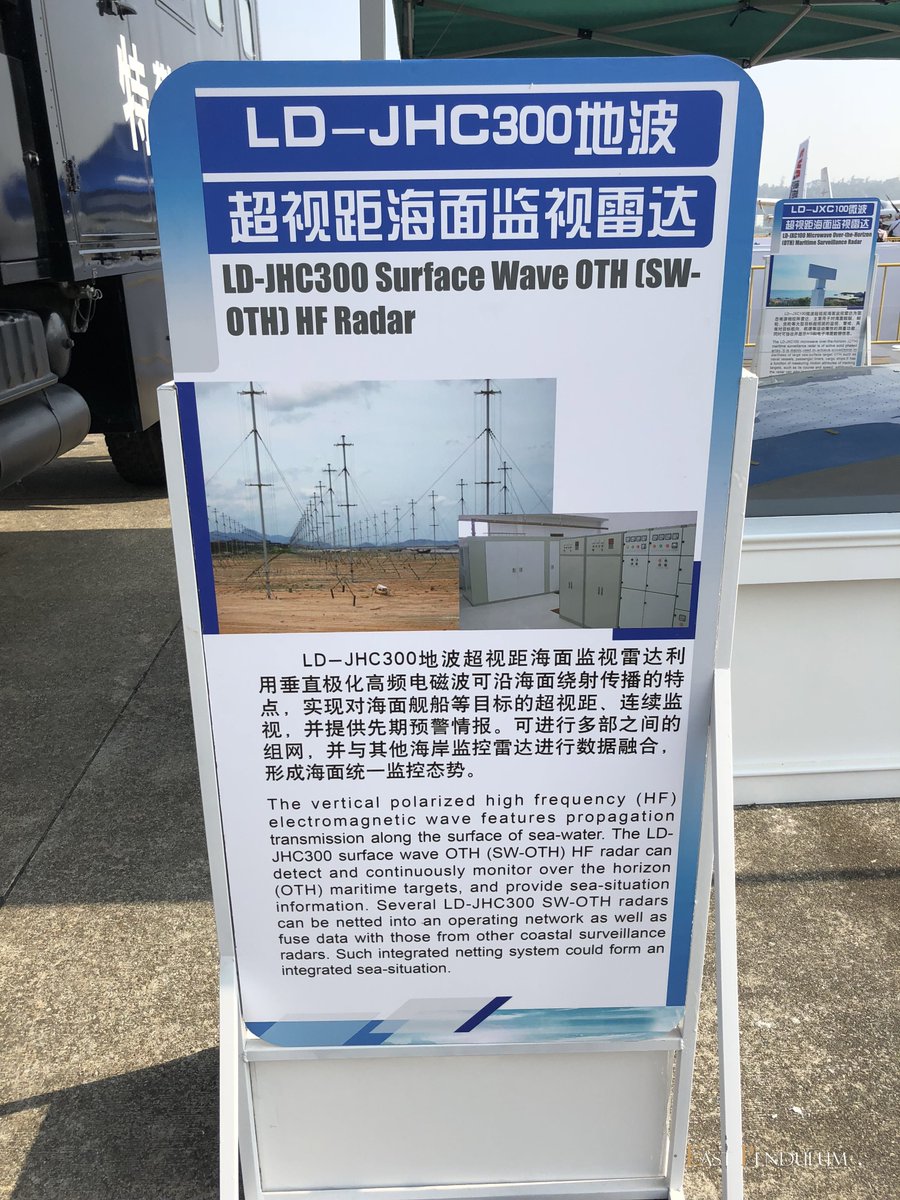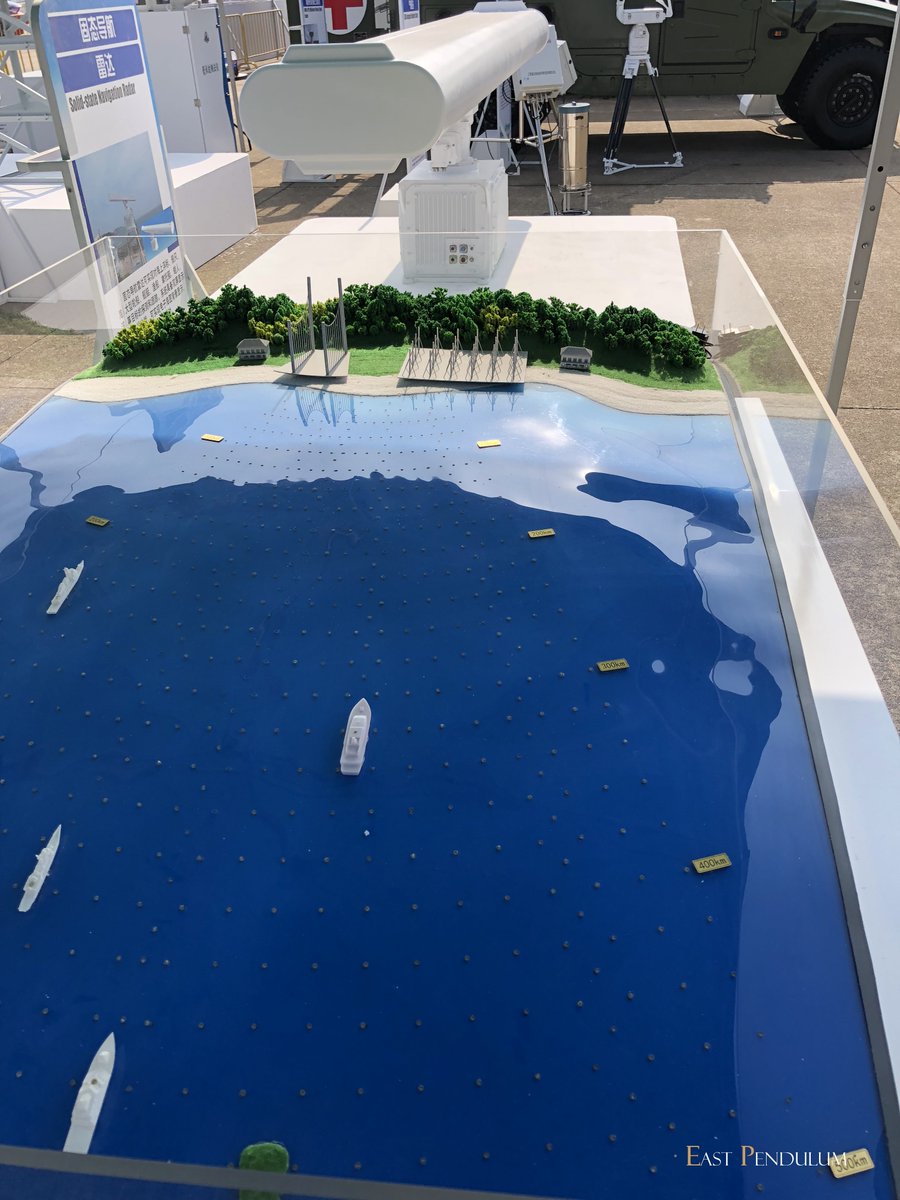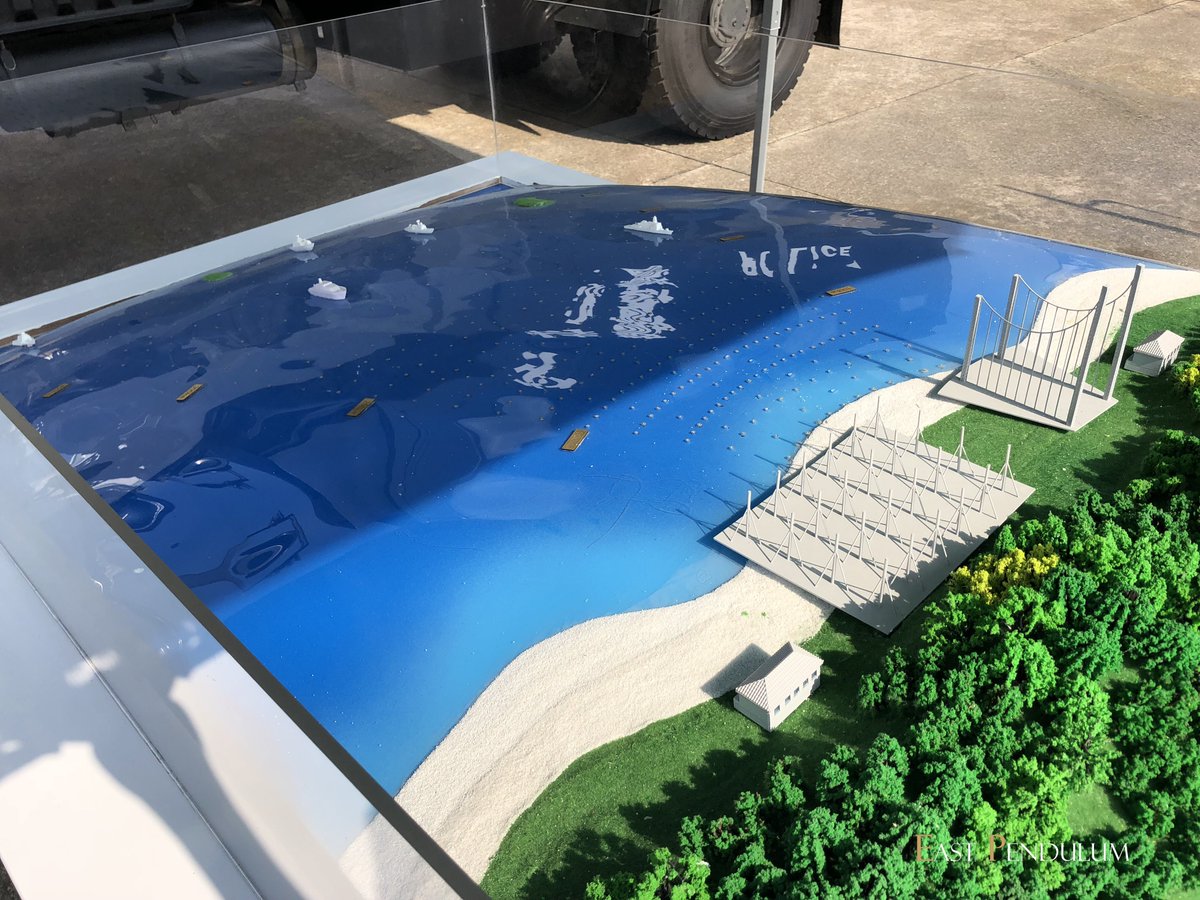China Develops Prototype of Microwave Photonics-based Radar
Jun 14, 2017
China has developed its first prototype of microwave photonics-based radar and completed the imaging test, which analysts said could revolutionize the imaging performance and applications of the radar system and enhance the country's national security.
In the external field tests on aircraft including Boeing 737, the microwave photonics-based radar prototype which adopts the bistatic radar system and photon structure can clearly identify the structural details of the objects including the aircraft engine, tail section and flap track, the Institute of Electronics under the Chinese Academy of Sciences said in a statement on its website on Monday.
Compared with traditional radar models, the microwave photonics-based radar can produce and process radar wideband signals more efficiently and faster by leveraging the rich spectral resources and photonic technologies, the Science and Technology Daily reported Monday.
The new radar prototype can capture images of high resolution, which is significantly higher than the images detected by radar of the similar models in the international arena, the report said.
"The new radar prototype marks a milestone in China's development of radar technology. By identifying the aircraft engines, the microwave photonics-based radar demonstrates its strong penetrating performance," Li Daguang, a professor at the National Defense University of the People's Liberation Army, told the Global Times on Tuesday.
If the system is used in military applications, it could significantly enhance the country's ability to safeguard its national security as the system can help identify the types of vehicles or objects in a long distance such as jet fighters or bomb carriers, he added. (Global Times)









